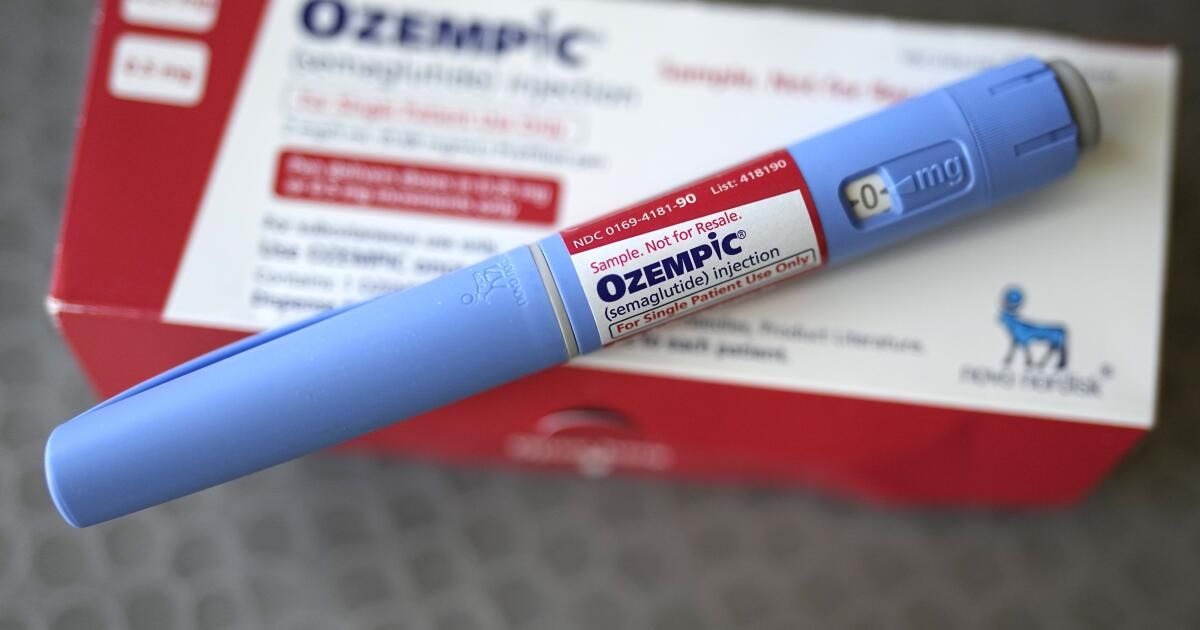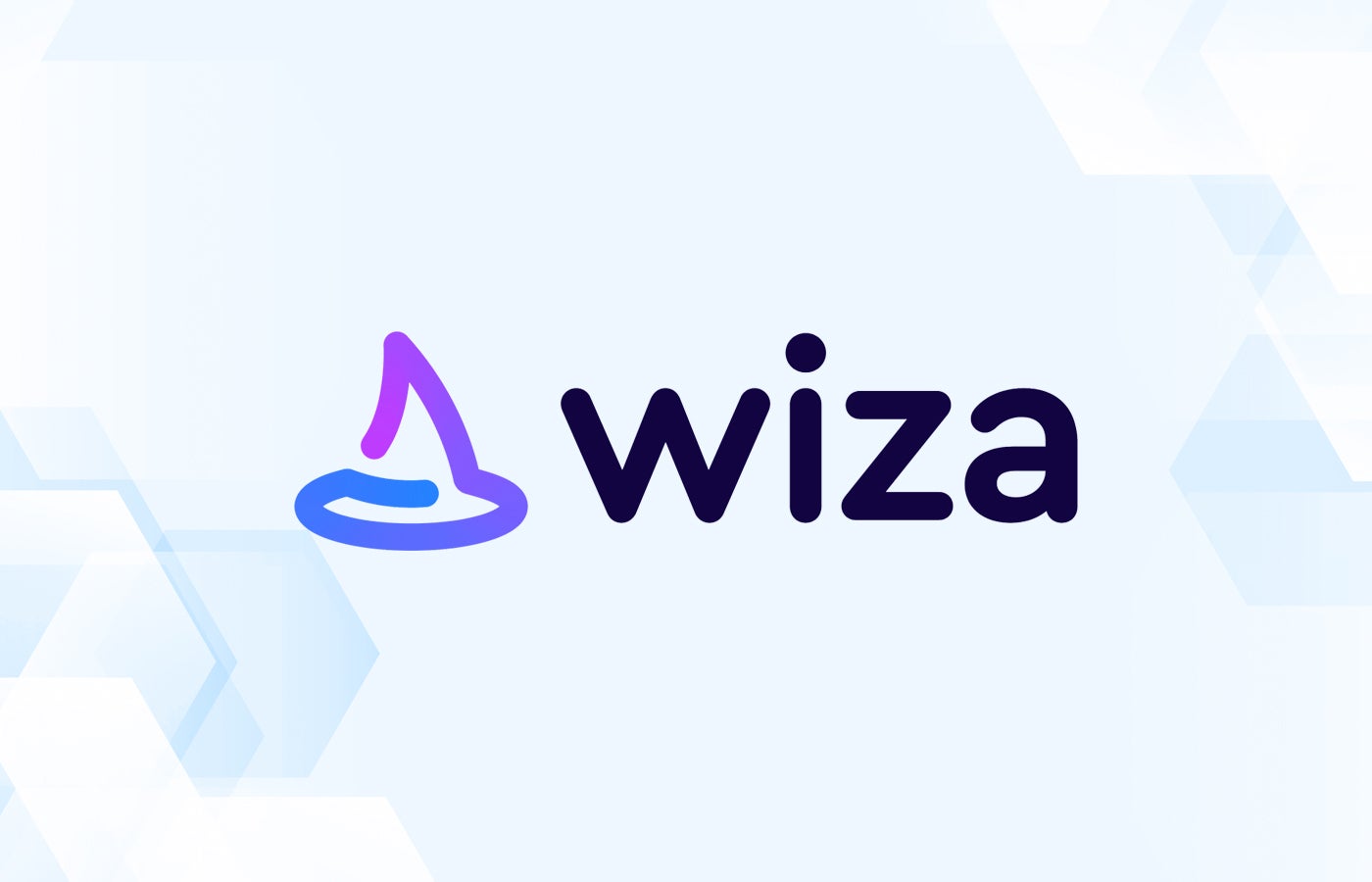While new obesity medications known as LPG-1 are only a tool to combat obesity and heart disease, they have changed the medical landscape and are clinically important in the treatment of these diseases. However, most Americans who have health insurance cannot obtain coverage for them.
For some, the only option has been to resort to compound medications for which the Food and Medicines Administration has not secured safety, and for which the main pharmaceutical ingredient is carried out in Chinese chemical factories without the quality of brand drug standards approved by the FDA. Even that lower option will disappear, as the FDA has done declared That brand medications are no longer scarce, so medications outside the brand are no longer allowed.
President Trump recently called “El Tiro Gordo” when he said Pharmaceutical companies to offer the United States the same prices offered to other even nations. He related a story of a friend in London who told him that the price of LPG-1 is approximately a tenth of what it would cost in the US. The average price listed in the United States is more than $ 1,000 per month. In England, it is around $ 150.
There is still no legislative authority to demand from pharmaceutical companies that sell prescribed medications in the United States at lower prices, but there is a direct way that these medications can become affordable for many in the United States.
The majority of employee health insurance coverage are carried out through plans sponsored by the employer, in which the budget is based on the premiums provided by both the employer and the employee. Few plans provide coverage for any weight loss treatment, but if they did, it would have to fit in that budget, which would probably need to raise premiums.
Toxic fat is the cause of many cardiomethabolic conditions, and GLP-1 drugs can help people recover their health. Improving access and affordability could be a transformative for public health, since 88% of Americans are metabolically unhealthy. More and more, employees tell their employers that they want to access these medications, many employers would like to offer plans that cover them.
The brand manufacturers themselves provide a clue on how this could be possible. They offer their drugs directly to patients for around $ 500 per month. The conflict points? People whose health insurance sponsored by employees would even cover part of the cost of weight loss drugs are not eligible for that reduced price. In addition, at $ 500 per month, even the direct price to the consumer with discount still makes the medications unavailable to many.
The price of drugs in the United States is not transparent, and many entities obtain a part of the dollars that health plans have budgeted. Simplify the system with GLP-1 drugs could make these medications more accessible. Today, a medicine bought in the pharmaceutical company at $ 1,000 may include around a reimbursement of $ 300 negotiated by a pharmacy benefits manager (which works on behalf of the health plan sponsored by the employer) is often accompanied by a discount coupon of the manufacturer of $ 150. The resulting price is similar to the price of around $ 500 Coverage for these medications.
If we eliminate reimbursements and coupons, so that manufacturers only charge the health plans sponsored by the employer the same price of $ 500 that charge consumers directly, and then allow employers to contribute part of the cost (say $ 300 per month), we can obtain the pocket costs for employees near the price at which these medications are sold in other countries. It would be a system without reimbursement and without coupon with reasonable shared costs by the employer.
The only reason why there was a refund system was to create incentives for certain manufacturers to persuade pharmacy benefits managers and health plans sponsored by employees to favor their medicine on others.
But in this case, where there are only two main medications and both have publicly available clinical trial data that doctors can use to make informed prescription decisions, no refunds are needed. In reality, recent agreements between pharmacy benefits managers and drug manufacturers have prioritized financial interests on clinical suitability, determining drug preference based on the benefits of companies, not what is better for the patient.
Obtaining the price of medications at an affordable level would significantly eliminate one of the most despised aspects of the health system: prior approval authorization. Doctors's offices are spending resources to avoid barriers erected to limit the use of dollars of the healthy health plan for those who the insurance plan and their managers determine that they do not need the medication, even when doctors believe yes.
LPG-1 are highly effective for most people, but they also have some serious risks. We should let doctors make shared decisions with their patients about whether the risks exceed the benefits.
To create even more incentives for pharmaceutical companies to reduce their prices and for employers to share the cost of these medications, the Trump administration should agree, as the Biden administration did, to cover them under Medicare. (Triumph Inverted that effort This year, it prohibits Medicare and Medicaid from using them to treat obesity disease).
This plan to simplify payments and expand access would not make all drugs affordable in the United States, but increasing accessibility to LPG-1 can lead us to the road to eliminate the important problem of heart disease and improve our health.
David A. Kessler, former commissioner of Food and Medicines Administration, is the author of “Diet, drugs and dopamine: the new science of achieving healthy weight. “










